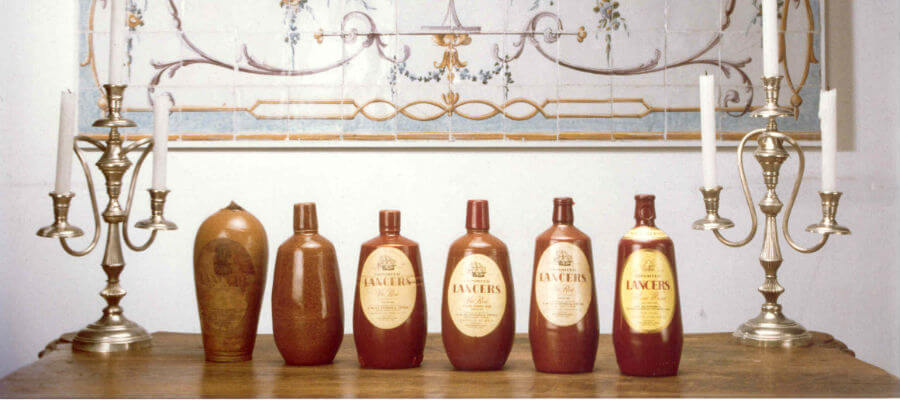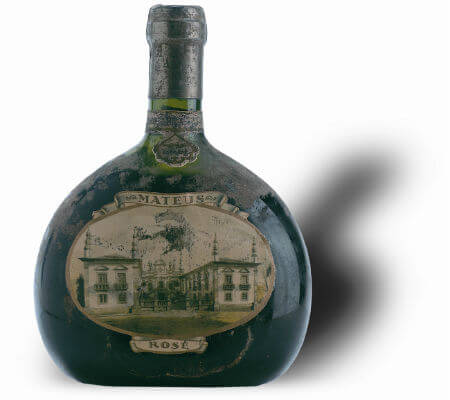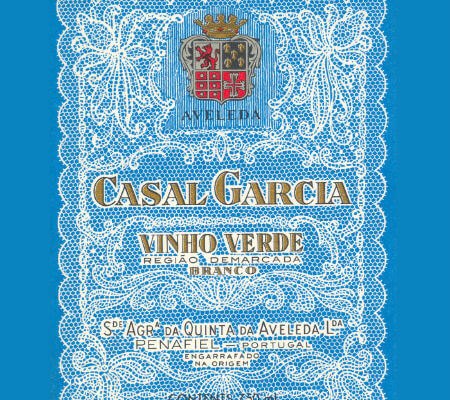Text João Barbosa | Translation Jani Dunne
For someone who studied history, to write a long chronicle about wines, and in chapters, it feels like a cat that got the cream. The Egyptian civilisation lasted almost 3200 years and fits in a book… more or less. I marked down the 50 year-old brands and chose the survivors – a lot of wine was sold in bulk, and in litre bottles, known for the six embossed stars.
Vasco d’Avillez, now the president of the Lisbon Wine Growing and Producing Committee (Commissão Vitivinícola de Lisboa), remembers that wine exports back then “rose at a high rate, and that producers started collecting very high-quality materials.”
After the Second World War, two North-American citizens had huge influence on business in Portugal. They predicted that when troops returned, they would bring European souvenirs with them, and wine would be one of the top choices. However, nothing would have happened if it weren’t for the vision of two Portuguese men: António Porto Soares Franco (José Maria da Fonseca) and Fernando Guedes (Sogrape).
The Count of Vila Real, whose house is in Mateus, was once visited by an American, who, upon tasting a wine of the Alvarelhão variety, said that it would make a good rosé. Sogrape, founded in 1942, took the hint and followed the advice given to the titled man.
The wine was named after the small baroque palace, and Sogrape made a contract with the Count of Vila Real to use a picture of the building. However, there is no other connection between the Mateus mansion and the wine.
Down south, in Azeitão, José Maria da Fonseca was already cooking up a rosé. Faísca was a commercial success hosting promotional dos, events, sponsors… In 1944, Henry Behar, who had a distributor in the United States, wanted to take it, but there was a big problem! Faísca sounds a little like fiasco. He thought of “The Surrender of Breda”, the painting by Diego Velázquez, also known as “Las Lanzas”, or “Lancers.”

Lancers – Photo Provided by José Maria da Fonseca | All Rights Reserved
Vasco d’Avillez stresses that millions of litres were produced in the beginning. In 1975, the Mateus achieved 36 million bottles, and Lancers made 18 million. Another sales champion is Casal Garcia, the oldest brand of Vinho Verde.

First Mateus bottles – Photo Provided by Sogrape Vinhos | All Rights Reserved

Casal Garcia – Photo Provided by Quinta da Aveleda | All Rights Reserved
In 1938, French oenologist Eugène Hélisse “landed” by chance in Quinta da Aveleda – the episode runs long. Although reluctant, Roberto Guedes accepted his spontaneous application. Incipient consumer tests were done among family and friends, establishing the wine’s profile. Where to put it? A blue bottle seemed seductive, and the label is a reproduction of the lady’s scarf. Aveleda quickly started making heavy investments on promotion. Of the many types of aphorism used as incentives for shopping, a slogan stayed with us… and until today: “Haja alegria. Haja Casal Garcia»[literally: May there be joy [alegria]. May there be Casal Garcia.]
Both brands went global and invested heavily on promotion to such a point that counterfeits emerged. Because of their popularity, political activists in many countries rallied to boycott the purchase of these two wines, given the Portuguese political regime at the time, and the wars in Africa.




Leave a Reply